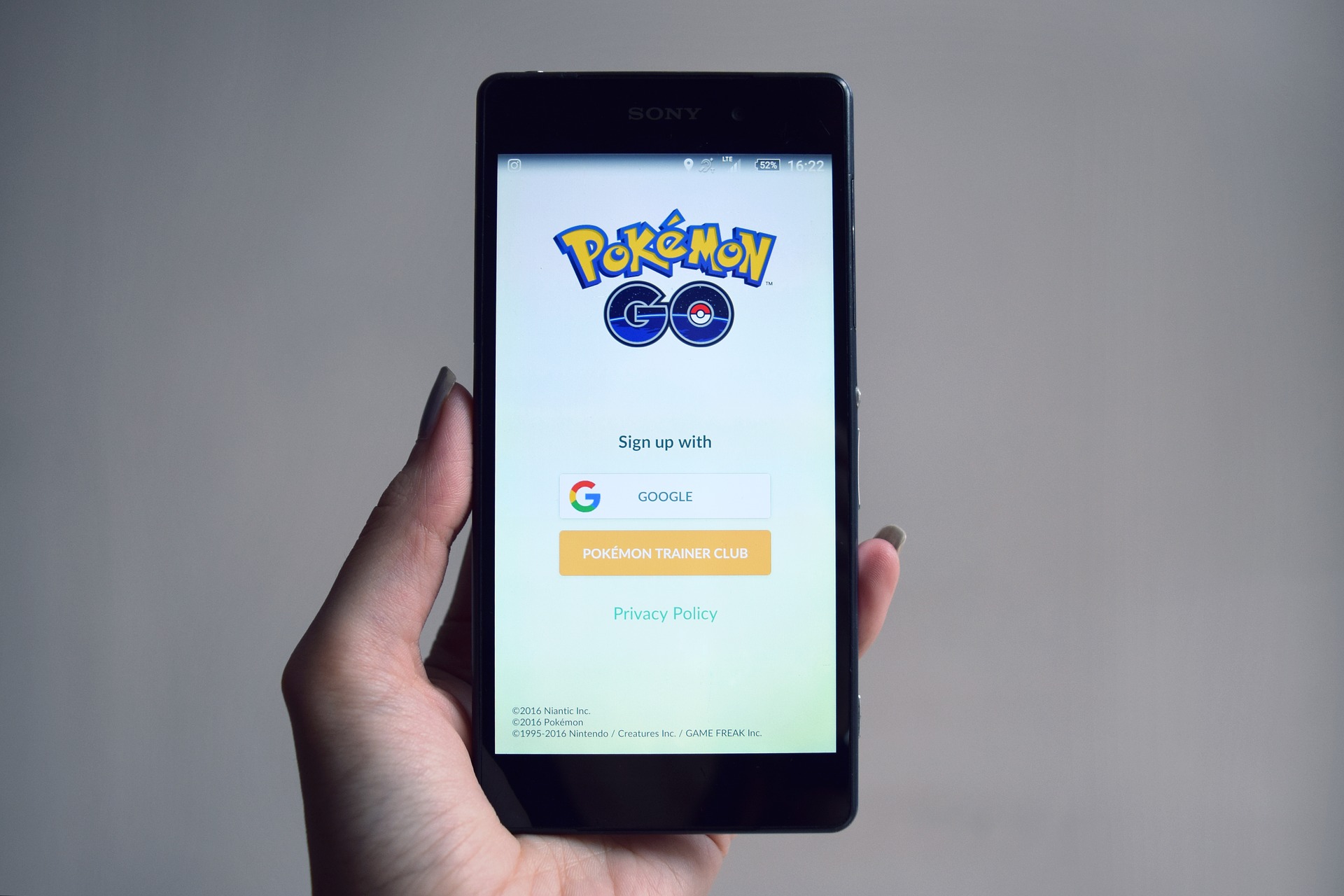It’s been six months since Afghan Wireless launched the wildly popular mobile game Pokémon Go in Afghanistan. A global phenomenon that has taken the entire world by storm, Pokémon Go has gained widespread praise for breaking the mold of previous games and changing what “gaming” can mean today.
But while experienced gamers are eating up Pokémon Go, brand-new players can find it a bit intimidating and confusing at first. If you’re an Afghan Wireless subscriber wanting to try your hand at Pokémon Go for the very first time, here are some tips to help you get started:
Keep the practical stuff in mind.
 It’s easy to get caught up in the Pokémon Go universe as soon as you start playing, but don’t forget that you are still navigating the real world. Therefore, you need to take some precautions to stay safe.
It’s easy to get caught up in the Pokémon Go universe as soon as you start playing, but don’t forget that you are still navigating the real world. Therefore, you need to take some precautions to stay safe.
If you’re heading to areas you’re unfamiliar with, take a friend or let someone know where you’re going, and make sure you have access to a map so you can always find your way back. Avoid hunting Pokémon in places that are overly isolated or remote, and pay attention when crossing busy streets or moving through crowded areas. And, since playing can take a toll on your battery life, make sure you’ve fully charged your smartphone before heading out (you may even want to consider investing in a second battery if you think you’ll be playing for long periods of time).
Just start walking.
The best way to figure out Pokémon Go is to learn on your feet. Luckily, the game makes this easy by providing a handy street map that tells you roughly where you are and a location meter that lets you know how close you are to any Pokémon around. (You can access the location meter by tapping the “on” box found in the lower-right-hand corner of your screen.)
When you find a Pokémon, your phone will vibrate to let you know. You can then capture the Pokémon by flicking the Poké Ball (found at the bottom of the screen) at it. It’s as simple as that!
Start with major parks and landmarks…
You’ll probably find at least a few Pokémon almost everywhere you go. However, major landmarks and popular areas like parks or shopping centers usually have higher concentrations of Pokémon, which makes them good places to start if you just want to get in some catching practice and hone your Poké Ball throwing skills.
…or stick to a tried and tested routes
 Because Pokémon are all over the place, it’s easy to start playing the game without making any special effort or changing your normal routine. Do you walk to work or school? Perhaps you have a dog that you take for a walk every afternoon? Just bring your smartphone along with you and see what Pokémon pop up at your usual haunts. This is a great way to practice and get used to the game if you don’t have much extra time to spare for playing.
Because Pokémon are all over the place, it’s easy to start playing the game without making any special effort or changing your normal routine. Do you walk to work or school? Perhaps you have a dog that you take for a walk every afternoon? Just bring your smartphone along with you and see what Pokémon pop up at your usual haunts. This is a great way to practice and get used to the game if you don’t have much extra time to spare for playing.
It’s important to remember that not all Pokémon can be found everywhere, or all the time. In fact, available Pokémon can differ depending on what environment you’re in. You can only find water-based Pokémon, for example, near rivers, lakes, and other bodies of water. So, if you’re out to get a specific Pokémon that doesn’t usually inhabit your environment, you may have to travel farther than you originally planned. Likewise, players have reported that some of the rarer types of Pokémon only come out in the evening, so you might try switching up the time of day you typically play in order to capture a greater variety of creatures.
Be aware of your storage space.
If you’re playing often, you can rack up an impressive collection of Pokémon and other items quite quickly, but you need to keep in mind that the game doesn’t give players unlimited space. A single player will have 250 spots for Pokémon, and 650 spots for other items like eggs or other resources; beyond these limits, if you want to add new things, you’ll have to make room by getting rid of things you already have.
Therefore, once you’ve got the hang of the game, you should start prioritizing higher-value items and more powerful Pokémon. A Pokémon’s CP number (CP stands for “combat power”) will tell you how powerful it is; the higher the number, the better and more powerful the Pokémon. As your storage space becomes more limited, you’ll want to think twice about capturing, or keeping, too many low-CP Pokémon.
Be careful with your money.
 If you run out of Poké Balls, potions, or other useful items, the game does give you the option of buying more via an in-app purchase of PokéCoins; though, of course, you buy the PokéCoins with real money. This can be a good option if you run out of a critical resource just at a time when you need it most, but it’s important to keep a careful eye on your in-app spending, as all those small purchases can add up very quickly. Most players prefer to keep their real cash in their wallets, and refuel their resources by finding the nearest PokéStop instead.
If you run out of Poké Balls, potions, or other useful items, the game does give you the option of buying more via an in-app purchase of PokéCoins; though, of course, you buy the PokéCoins with real money. This can be a good option if you run out of a critical resource just at a time when you need it most, but it’s important to keep a careful eye on your in-app spending, as all those small purchases can add up very quickly. Most players prefer to keep their real cash in their wallets, and refuel their resources by finding the nearest PokéStop instead.

